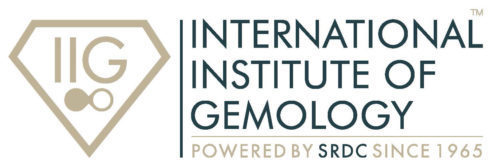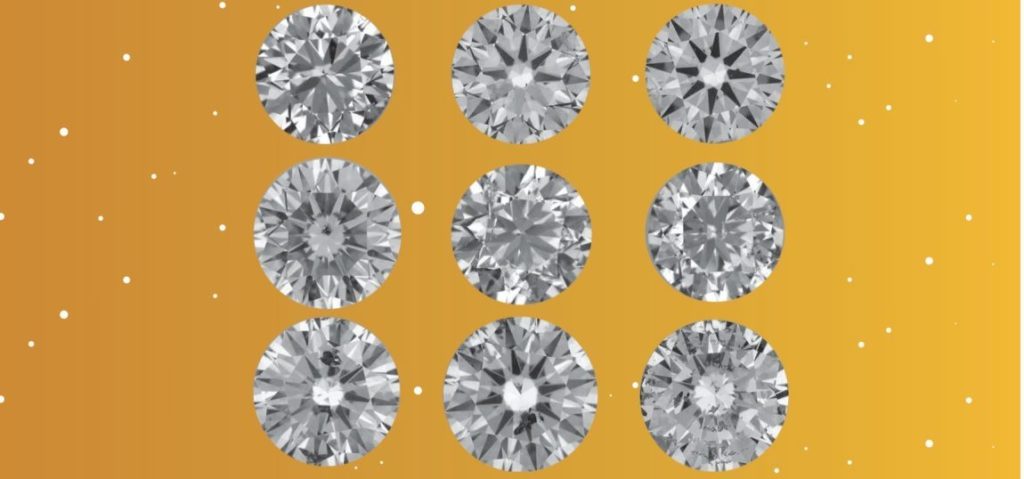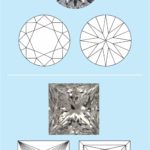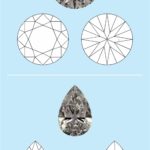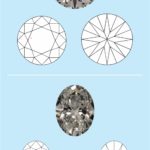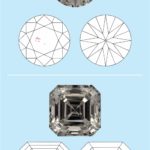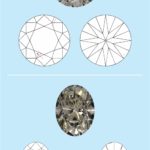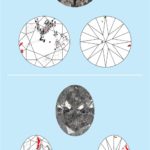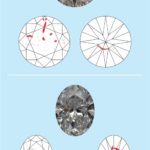Grading is essential to the diamond trade possibly as much as mining itself. Theoretically, grading is a study that lays bare the characteristics of a diamond, which ultimately determines its demand and sale value in the market. Can we sum up the characteristics of a diamond into the 4C’s or is there something beyond? This is the challenge presented to ‘grading’ today.
Nature deems that every diamond drawn from the earth is unique, and cannot be entirely identical to any other, ever. This is why grading is so intricate. But the bird’s eye view of the 4C’s of a diamond as presented by the international grading reports cannot be completely the conclusive grading result. There are many deeper aspects which affect a diamond’s value and by not bringing these aspects to the surface, a diamond’s true value cannot be understood, let alone appreciated in the market. This means, two diamonds of the same 4C’s may differ in some ways and may end up being valued similarly if not graded intricately.
Grading is about appreciating the uniqueness of diamonds to bring it its due value. We need to see beyond the 4C’s. Grading done on pricing is practised in the Indian Gala system. It explains why two diamonds of the same size or 4C’s are priced differently. This adds to the ease of making a choice for the buyer.
The value of diamonds of the same size, cut etc may differ in market value to a great extent as based on the diamond being Brownish, Greenish tinge or Milky in appearance. There is also the cultural impact that affects a diamond’s demand as Indian buyers prefer not to buy diamonds with black inclusions. Many ‘popular’ grading standards miss such detailed bifurcations.
The closer a diamond is graded to its actual true nature, the more effective it is for the buyer and seller. Today, there is a marked gap between SI2 and I1 grading, which may actually include diamonds of so many varying kinds and knowing the true value may be lost. The S3 clarity grade, which once used to be part of diamond grading reports continues to be relevant but is omitted by grading organizations.
Many organizations grade diamonds based on maximum of 10-11 aspects. Whereas some organizations have delved deeper to produce grading based on almost 15-20 aspects. There are grading systems developed by individual companies in India like Venus Jewel, a pioneer in creating the Venus Grading System® (VGS®). This system grades each diamond as a unique stone, therefore, it is handled with extreme detail beyond other certifications. It measures grading based on 22 different parameters, like Luster grades, Black inclusion, Inclusion pattern, Open inclusion, Cut-spread ratio, Light performance etc. It even explains where and how many inclusions are in the diamond, helping jewellers and customers know the diamond. SRDC is the place where one can learn the Venus Grading System® (VGS®).

Grading a diamond up to its true nature ensures knowing the diamond accurately and this helps build trade and consumer confidence. It enables greater transparency for online diamond trading. Things would be easier if such an approach was universally accepted, but there is yet a long way to go. Hopefully, if grading advances, the real value of every diamond may not be lost after all.

